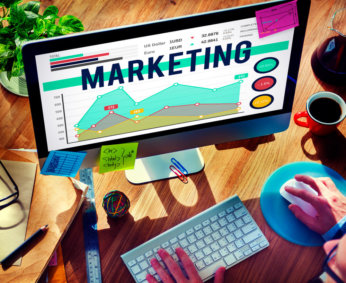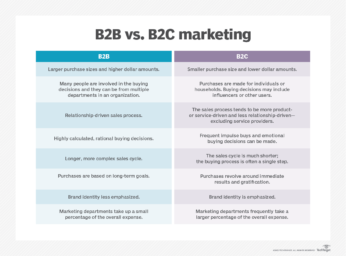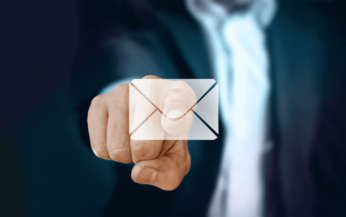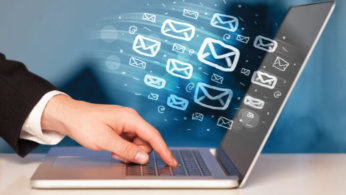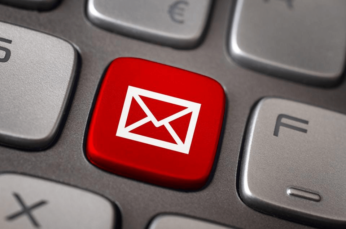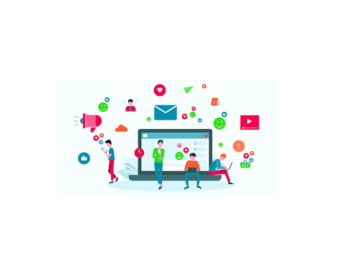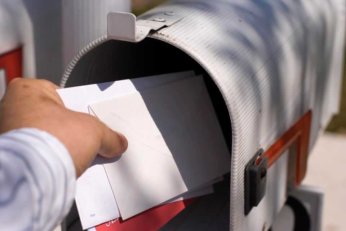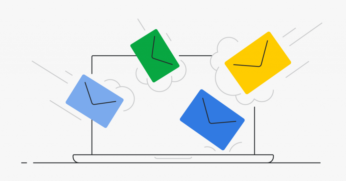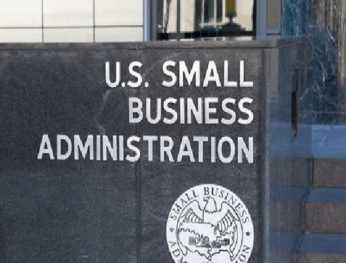Digital marketing is a complex process that requires much effort and patience from marketers. It’s not just about creating content and posting it on the internet. It’s also about creating an effective strategy that will help you reach your target audience.
In this article, you’ll learn six ways to ensure lead generation success in digital marketing:
Prioritize Your Niche
The first step in generating leads is deciding what niche you want to focus on. If you don’t know what niche you want to target, it will be hard for you to devise an effective strategy.
You can prioritize your niche by identifying your target audience’s most significant pain points. Then narrow down your list of pain points by choosing the one with the highest potential for conversion. You may want to add online articles on how to identify your niche to things you have to read now.
Create A Content Calendar
Once you’ve decided on a specific niche and created a content calendar, it’s time to start creating content that will generate leads. By focusing on one key area, you can optimize your efforts to generate more leads while keeping costs low.
When building a content calendar, you can create an editorial calendar for each month for the following year. This should include the topics that will be covered and when they will be posted online or published in print. Have topics that can be used as guest posts or blog posts on other sites. This helps you build your brand and reach out to your target audience without paying for each post individually.
Optimize Your Sales Funnel
After developing a sales funnel, it’s time to optimize your content to make it easy and convenient for potential clients to find what they’re looking for. This will also help you identify any areas of improvement when it comes to lead generation.
A vital step in creating an attractive landing page that gets visitors interested in what you’re offering is by telling them about your product or service in an engaging way. The second step is following up with emails that offer sales and discounts and building trust with customers over time, so that they’ll feel comfortable purchasing from you again in the future.
Build A Website With Lead Capture Forms
Another way that you can generate leads online is by creating a website with lead capture forms. This allows users to submit their contact details in exchange for something they want. These forms are very effective because they allow users to opt in even without previous knowledge of your business or product, making them more likely to convert into customers later.
You may also use these lead capture forms as an email list builder by connecting them to your autoresponder service and sending out periodic emails to your subscribers with valuable content. This will help you build stronger relationships with your customers and increase sales over time.
Read more: Digital Marketing In The New Normal: 6 Tips For Lead Generation Success
